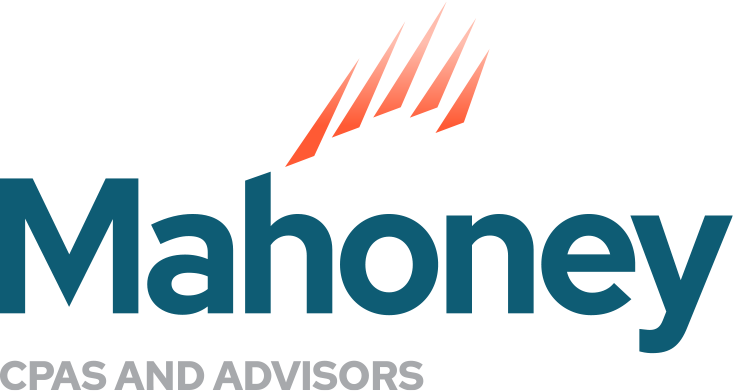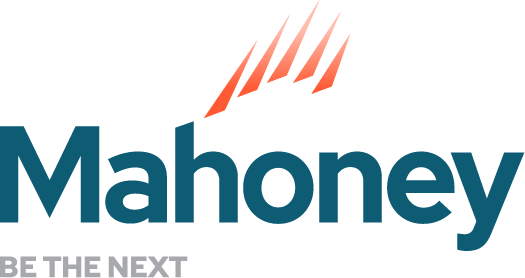
Secure Act 2.0 Tax Savings Options
The SECURE 2.0 Act of 2022 (Secure Act 2.0) is a law designed to improve retirement savings options for both businesses and individuals. It revises the Secure Act signed into law in 2019 in a few areas.
Small Business Retirement Plan Start-Up Costs Tax Credit – for Businesses
One aspect of the SECURE Act 2.0 is a tax credit that allows a business to deduct the start-up costs for a business retirement plan. It is called the Small Business Retirement Plan Start-Up Costs Tax Credit.
Amount of the credit
The credit is 50% of your eligible start-up costs, up to the greater of:
- $500; or
- The lesser of:
- $250 multiplied by the number of non-highly compensated employees who are eligible to participate in the plan, or
- $5,000.
Qualify for the credit
Here is how you qualify to claim this credit: If
- Your business had 100 or fewer employees who received at least $5,000 in compensation from you for the preceding year.
- Your business has at least one plan participant who is a non-highly compensated employee (NHCE); and
- In the three tax years before the first year, you’re eligible for the credit, your employees weren’t substantially the same employees who received contributions or accrued benefits in another plan sponsored by you, a member of a controlled group that includes you, or a predecessor of either.
Eligible tax years
You can claim the credit for each of the first 3 years of the plan and may choose to start claiming the credit in the tax year before the tax year in which the plan becomes effective.
Start-up credit increase
The existing credit for small employer pension plan start-up costs is increased from 50% to 100% of qualified start-up costs for employers with 50 or fewer employees, effective for taxable years beginning after December 31, 2022.
Auto-enrollment tax credit
Another aspect of the SECURE ACT 2.0 is a tax credit for adding an auto-enrollment feature to a business retirement plan. The employer can claim a tax credit of up to $500 per year for a 3-year taxable period beginning with the first taxable year the employer includes the auto-enrollment feature.
The automatic enrollment provision is effective for plan years beginning after Dec. 31, 2024.
Complete IRS form 8881 to claim the tax credit for auto enrollment or retirement plan start-up costs. Your payroll company or retirement plan administrator will provide a worksheet that you will use to complete the required form and claim the tax credit on your business tax return.
SECURE ACT 2.0 provisions for INDIVIDUALS
Some aspects of the SECURE ACT 2.0 provide benefits to individuals, such as the following:
Increase in special catch-up contribution limit for individuals aged 60 to 63 years
The catch-up contribution limit for 401(k) and other employer sponsored plans has added a special limit for individuals aged 60 to 63 years of age that has been increased to the greater of:
- $10,000 ($5,000 for SIMPLE plans), or
- 150% of the regular catch-up amount in effect for the taxable year.
The catch-up contribution limit is annually indexed for inflation. This provision is mandatory and requires a plan amendment.
RMDs and Roth 401(k)s
Beginning in 2024, the SECURE Act 2.0 eliminates RMDs (required minimum distributions) for qualified employer Roth plan accounts.
Emergency distributions
Under SECURE Act 2.0, individuals are allowed to take an early “emergency” distribution of up to $1,000 from a retirement account to cover unforeseeable or immediate financial needs relating to personal or family emergency expenses. This applies to distributions made after December 31, 2023.
The emergency distribution can only be taken once during the year. It will not be subject to the usual additional 10 percent tax that applies to early distributions. Additional emergency distributions are not allowed for three years if the distribution has not been repaid within a certain time.
Contact Mahoney with Questions
At Mahoney, we are happy to answer tax-related questions you may have about retirement plans within businesses or for individuals. Reach out to Associate Director and QuickBooks ProAdvisor Peggy Prall, and she can assist you in this matter. Don’t miss our other tax planning strategies articles for more tips.
See Also: ERC Claims Voluntary Disclosure Program
ADDRESS
10 River Park Plaza, Suite 800
Saint Paul, MN 55107
(651) 227.6695
Fax: (651) 227.9796
info@mahoneycpa.com
© 2024 Mahoney | Privacy Policy
Mahoney Ulbrich Christiansen & Russ, PA


